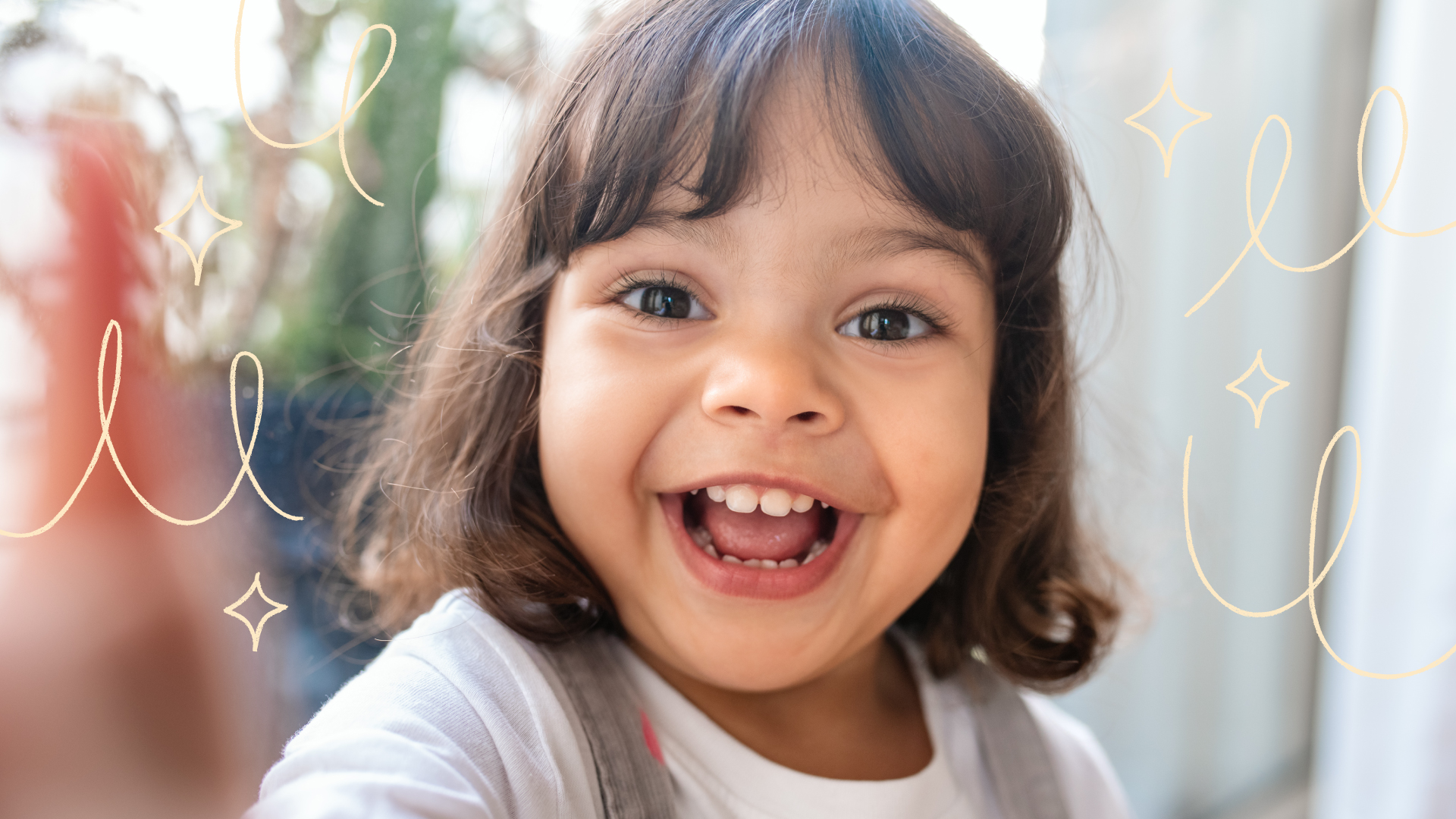
- 2 mins
Different Ways to Help Kids Find Their Happiness

Every parent wants their child to be happy. According to a study (Lyubomirsky, Sheldon, & Schkade, 2005) happiness is influenced by a mixture of genetics, intentional happiness activities, and circumstances. Our well-being habits can therefore govern our ‘happy’ resting point. These habits include the actions we take to look after our physical selves, for example, good nutrition, sleep, and exercise, and actions we take to look after our deeper selves for example good self-talk, self-compassion, and gratitude. A UK analysis of children’s views on happiness found that positive relationships, healthy habits, basic needs, and an optimistic future are the most valued.
Finding your own words and chatting about what your child thinks makes them happy is a great place to start. This is a way of getting to know how they define happiness and what helps them feel this way. If you are looking for some conversation starters you could try:
“Happiness is not about feeling great all the time. It’s not always about new toys or sweet treats. It’s more about choosing positive and healthy things that make you feel good. This can look like lots of things – feeling safe to relax, enjoying something you are good at, talking to nice friends, looking after your body, and being kind to yourself. So what makes you feel good?”
Teaching your child how to overcome obstacles and see mistakes as a learning opportunity is a great way to encourage positive self-talk. The way we treat ourselves is crucial to good mental health. It’s ok not to be perfect and get things wrong. Kids will thrive knowing how to look for the positives in a challenging situation.
By allowing kids to access a deep play zone, we are allowing them to understand their truest nature. It’s great to have lots of structured activities at home but encouraging kids to find things out for themselves can be relaxing and restoring. Time to simply be and play in the present moment can help with confidence, stress management, and coping skills. Keeping things simple and in the here and now is sometimes enough. Mindfulness also helps kids feel rooted in the moment. Plinky’s Peaceful Breathing is a relaxing mindful breathing practice for kids. Plinky the Squeezy TinkleHuff loves to focus on his breathing and the sounds around him.
Choosing positive actions to influence a happy mood is a great way to teach happiness to your child. Even though some of our happiness is dictated by our genes; much of our happiness is governed by the decisions we make. Forming healthy happiness habits as an adult will set an early benchmark for your kids.
Kids that involve themselves in enjoyable interests will feel a sense of purpose. You can be supportive by giving them space to pursue their passions. Mastering something and taking joy in that process feeds into self-esteem.
Feeling supported by a community is a wonderful way to help your child feel happy. Being of service to others also positively impacts our happiness levels so think of some random acts of kindness you can carry out as a family to help everyone feel good.
The comfort of parental unconditional love is truly one of the most magical doses of true happiness a child can receive. So my last piece of advice is this. Love. Pure and simple. But then again… you probably do this anyway! Wishing you all much happiness.